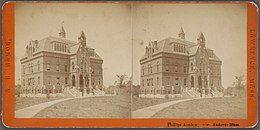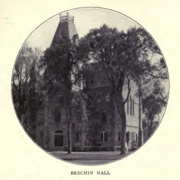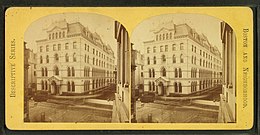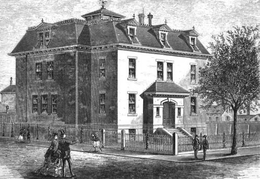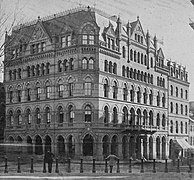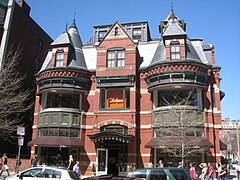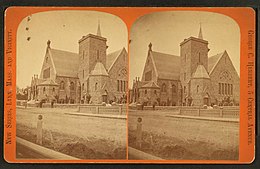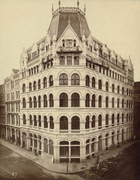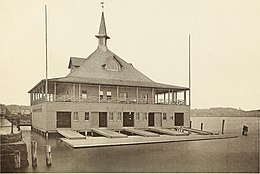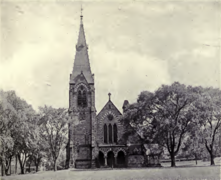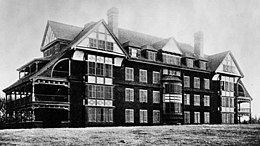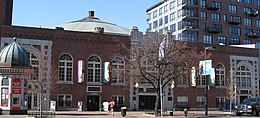
Charles Amos Cummings was a nineteenth-century American architect and architectural historian who worked primarily in the Venetian Gothic style. Cummings followed the precepts of British cultural theorist and architectural critic John Ruskin (1819–1900). Cummings help to found the Boston Society of Architects in 1867.

Willard Thomas Sears was a prominent New England architect of the nineteenth and early twentieth centuries who worked primarily in the Gothic Revival and Renaissance Revival styles.

George Frederick Meacham was an architect in the Boston, Massachusetts, area in the 19th century. He is notable for designing Boston's Public Garden, the Massachusetts Bicycle Club, and churches, homes, and monuments in greater Boston and elsewhere in New England.
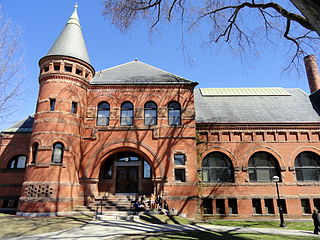
Samuel Joseph Follon Thayer (1842–1893) was an American architect, notable for designing buildings such as the Providence City Hall and the Cathedral of St. George, as well as the town halls of Brookline, Stoughton, and Methuen, Massachusetts. He was part of the architecture firms, Martin & Thayer and Ropes & Thayer.

Hartwell and Richardson was a Boston, Massachusetts architectural firm established in 1881, by Henry Walker Hartwell (1833–1919) and William Cummings Richardson (1854–1935). The firm contributed significantly to the current building stock and architecture of the greater Boston area. Many of its buildings are listed on the National Register of Historic Places.

George M. Coombs was an American architect in practice in Lewiston, Maine from 1874 to 1909.

Rufus G. Russell (1823-1896) was an architect working from New Haven, Connecticut.

Shepard S. Woodcock (1824-1910) was an American architect practicing in Boston, Massachusetts during the second half of the nineteenth century.

Alfred Stone was an American Architect. He was a founding partner of the Providence, Rhode Island, firm of Stone, Carpenter & Willson. Mr. Stone was best known for designing many prominent Rhode Island buildings, including the Providence Public Library, Union Station, buildings at Brown University and the University of Rhode Island, and many private homes.

Hartwell & Swasey was a short-lived 19th-century architectural firm in Boston, Massachusetts. The partnership between Henry Walker Hartwell (1833-1919) and Albert E. Swasey, Jr. lasted from the late-1860s to 1877, when Swasey went on his own. In 1881, Hartwell formed a partnership with William Cummings Richardson – Hartwell and Richardson – that lasted until his death.

Richard Bond (1798–1861) was an early American architect who practiced primarily in Boston, Massachusetts.
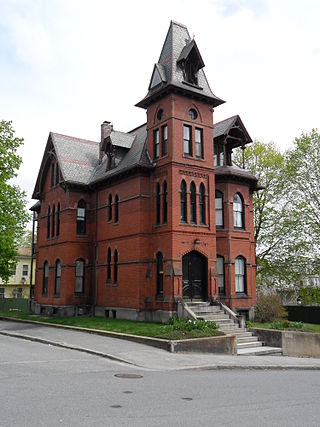
Amos Porter Cutting (1839–1896) was an American architect from Worcester, Massachusetts.

George G. Adams was an American architect from Lawrence, Massachusetts.

William R. Walker was an American architect from Providence, Rhode Island, who was later the senior partner of William R. Walker & Son.

Cudworth & Woodworth, later Cudworth, Woodworth & Thompson and Cudworth & Thompson, was an architectural firm from Norwich, Connecticut.

Robert W. Hill was an American architect from Waterbury, Connecticut. He was one of Connecticut's most important 19th century architects.
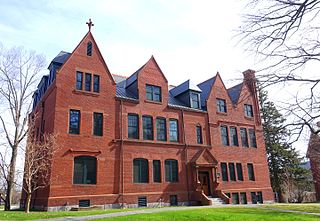
William C. Brocklesby (1847-1910) was an American architect practicing in Hartford, Connecticut.
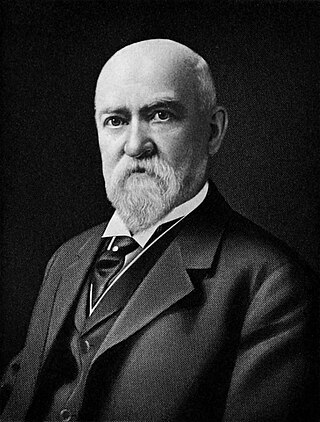
Eugene C. Gardner (1836–1915) was an American architect and author of Springfield, Massachusetts. Gardner was noted both for the architectural influence of his extensive practice as well as his writings on the American home. Gardner was the most notable architect of Springfield.

Rufus Sargent (1812-1886) was an American architect practicing in Newburyport, Massachusetts during the nineteenth century.

Otis A. Merrill was an American architect. In association with various partners he practiced architecture in Lowell, Massachusetts, from 1873 until 1900.

